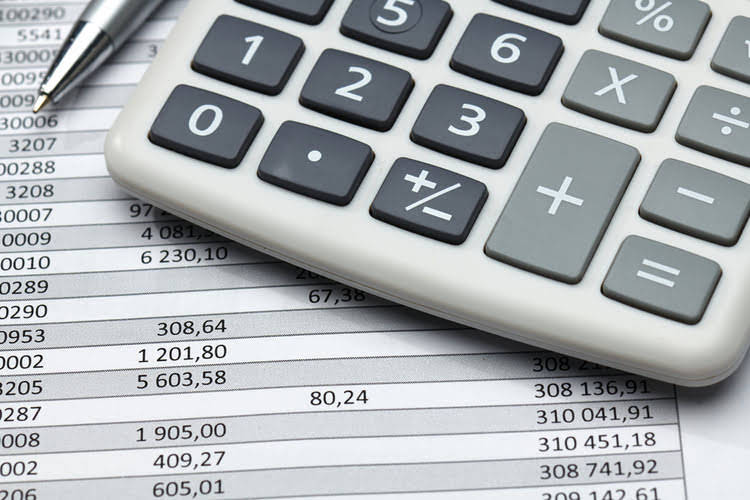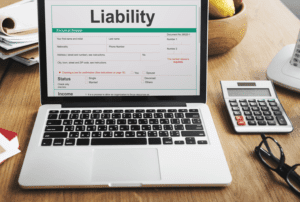
The accumulated depreciation account is an asset account with a credit balance (also known as a contra asset account). If this derecognition were not completed, a company would gradually build up a large amount of gross fixed asset cost and accumulated depreciation on its balance sheet. Accumulated depreciation is the total depreciation recognized on an asset since its purchase.
Depreciation Method Examples
- Accumulated depreciation can be useful in calculating the age of a company’s asset base but it’s not often disclosed clearly on financial statements.
- With accounting for depreciation, financial reports would overstate the value of assets, leading to correct data for stakeholders, including investors and management.
- Instead, the balance sheet might say “Property, plant, and equipment – net,” and show the book value of the company’s assets, net of accumulated depreciation.
- Depreciation often has tax implications, as businesses can deduct depreciation expenses to reduce taxable income.
- Fixed assets are capitalized when they are purchased and reported on the balance sheet.
The difference between Accumulated Depreciation and the original cost of a long-lived asset is called net book value. Accumulated depreciation reduces the value of the corresponding asset on the balance sheet, therefore reflecting the total depreciation expense incurred since the asset’s acquisition. You would continue repeating this calculation for each subsequent year until the end of the asset’s useful life or the book value (Initial Cost – Accumulated Depreciation) becomes less than the depreciation expense. Accumulated depreciation is incorporated into the calculation of an asset’s net book value. To calculate net book value, subtract the accumulated depreciation and any impairment charges from the initial purchase price of an asset.
Company
- Instead, the credit is entered in the contra asset account Accumulated Depreciation.
- MACRS depreciation is an accelerated method of depreciation, because allows business to take a higher depreciation amount in the first year an asset is placed in service, and less depreciation each subsequent year.
- It measures the value an asset has lost over time, ensuring that companies maintain accurate financial statements.
- After three years, the accumulated depreciation totals $30,000, leaving a book value of $20,000.
- Over time, as depreciation continues to accumulate, the accumulated depreciation account will increase, and the corresponding asset accounts will decrease, leading to a decrease in the net value of the assets.
This method is ideal for assets where usage significantly impacts their value, such as manufacturing equipment or vehicles. Future years’ results will vary as the number of units actually produced varies. This would continue each year until the amount of the deduction is less than or equal to the amount that would be obtained using the straight-line method, at which point it switches over to that method. So in this example, the declining balance method contra asset account would only be advantageous for the first year. For example, if a company purchased a piece of printing equipment for $100,000 and the accumulated depreciation is $35,000, then the net book value of the printing equipment is $65,000. The accumulated depreciation for the asset would be $4,600 for the first year and grow by another $4,600 in each subsequent year.

Accumulated Depreciation and Tax Implications
Subtracting accumulated depreciation from an asset’s cost results in the asset’s book value or carrying value. Hence, the credit balance in the account Accumulated Depreciation cannot exceed the debit balance in the related asset account. Accumulated depreciation appears on the balance sheet as a reduction from the gross amount of fixed assets reported.

How does accumulated depreciation impact financial statements?

The declining balance method calculates depreciation based on a fixed percentage of Insurance Accounting the asset’s current book value. This method reflects that many assets lose value faster in the early years of use. Accumulated depreciation is essential in ensuring a company’s financial statements present an accurate view of asset values. With accounting for depreciation, financial reports would overstate the value of assets, leading to correct data for stakeholders, including investors and management.
- In most depreciation methods, an asset’s estimated useful life is expressed in years.
- After five years, the accumulated depreciation totals $10,000, reducing the book value of the furniture to $10,000.
- The double-declining-balance (DDB) method, which is also referred to as the 200%-declining-balance method, is one of the accelerated methods of depreciation.
- Leo’s Trucking Company purchases a new truck for $10,000 on the first of the year.
- This presentation allows investors and creditors to easily see the relative age and value of the fixed assets on the books.

This helps businesses and stakeholders understand the asset’s remaining useful life, current value, and contribution to operations. Accumulated depreciation is recorded in a contra-asset account, meaning it has a credit balance, reducing the fixed assets gross amount. The accumulated depreciation account will have a credit balance, which is opposite to the normal debit balance of asset accounts. By reporting contra accounts on the balance sheet, users can learn even the accumulated depreciation account is called more information about the company than if the equipment was just reported at its net amount.
Changes in Usage

For an asset that’s being depreciated over five years, the sum-of-the-years’ digits would be 15 (1+2+3+4+5). When inventory items are acquired or produced at varying costs, the company will need to make an assumption on how to flow the changing costs. A balance on the right side (credit side) of an account in the general ledger. The accounting term that means an entry will be made on the left side of an account. Note that the depreciation amounts recorded in the years 2022 and before were not changed.
